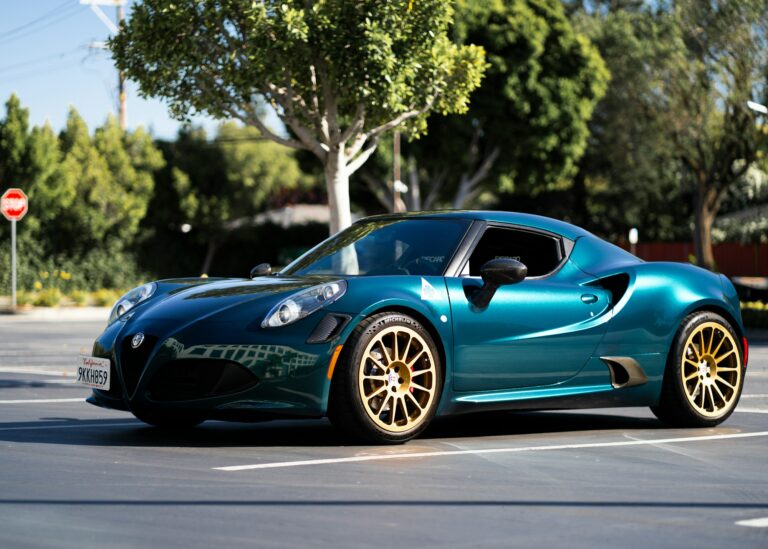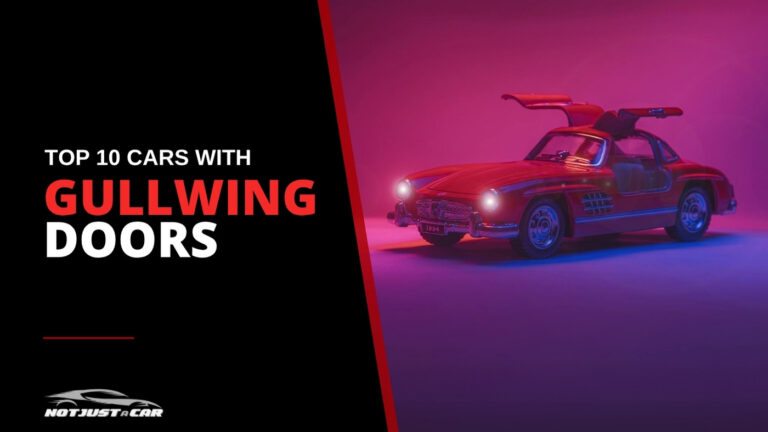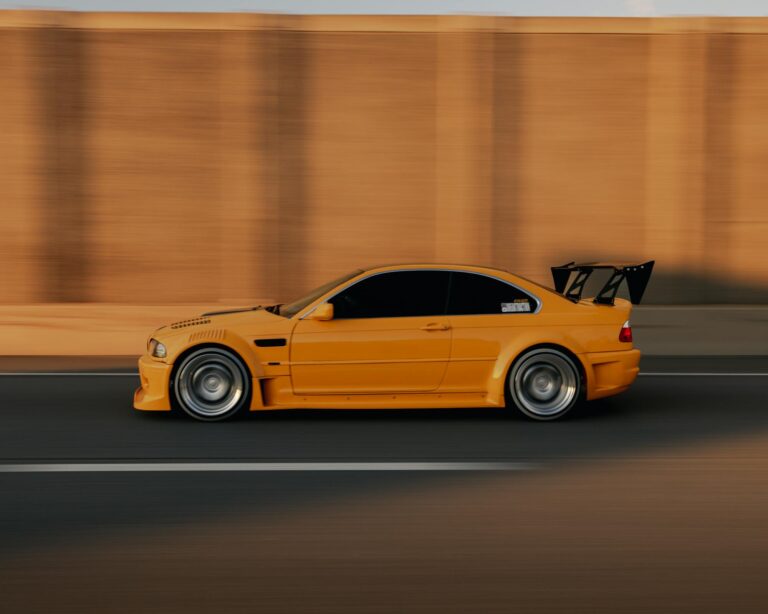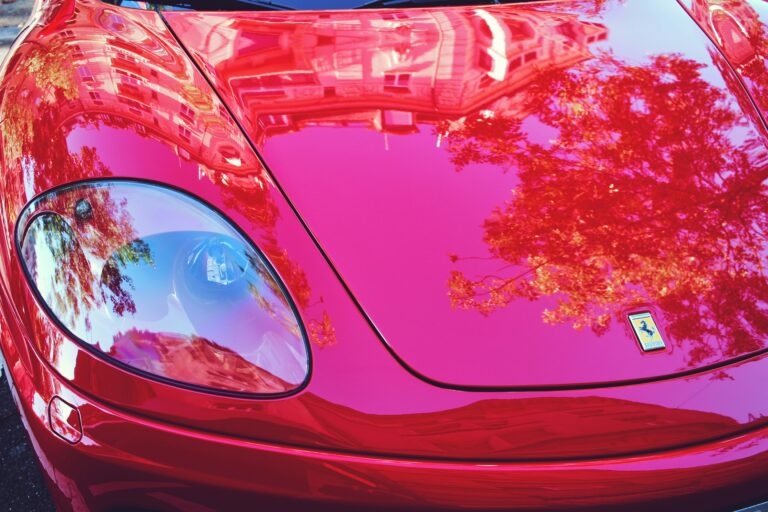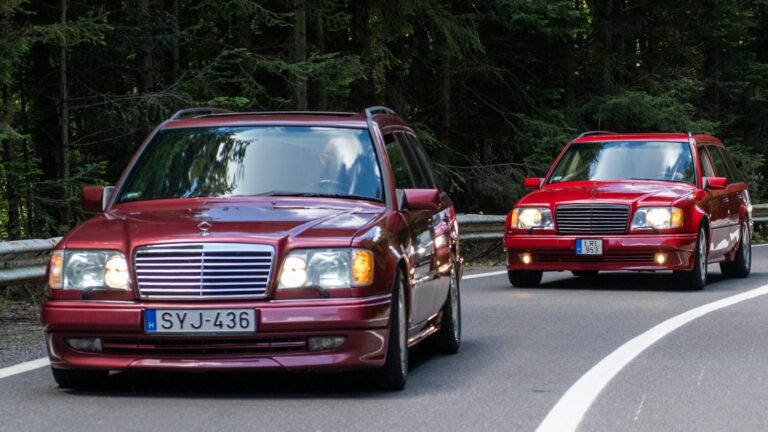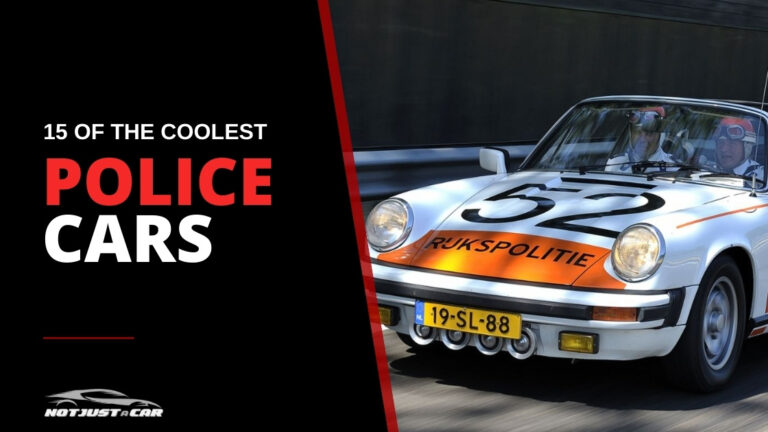Lamborghini Miura: Iconic Design, Dangerous Safety Flaws
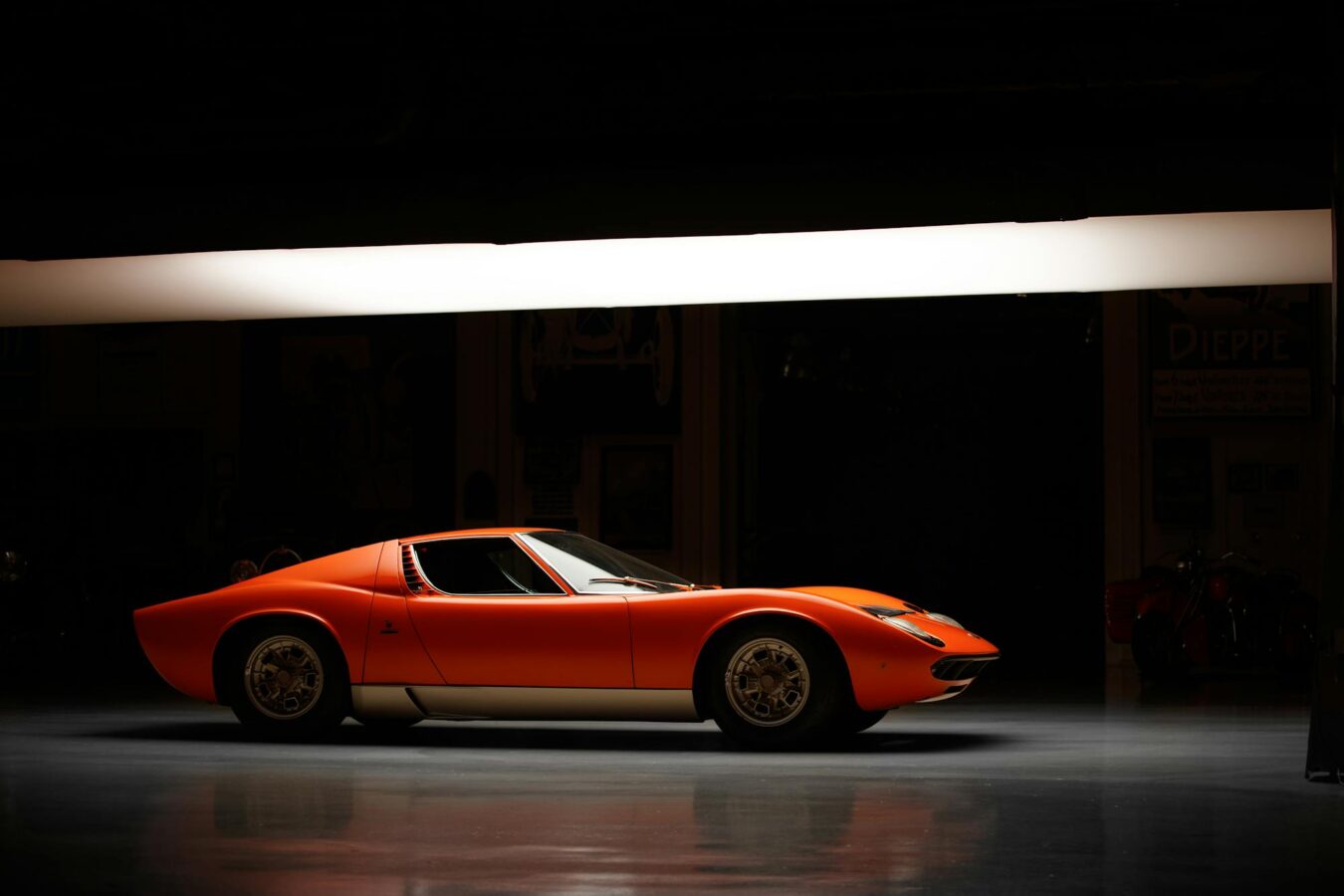
Few cars in history have captured the imagination quite like the Lamborghini Miura. This iconic machine, famed for its breathtaking beauty and revolutionary design, also harbored some serious, life-threatening flaws that made it a gorgeous death trap.
Lamborghini Miura: Beautiful, but scary.
- The Lamborghini Miura was a pioneering mid-engine supercar, setting new standards for design.
- Its beauty, penned by Marcello Gandini, masked significant engineering challenges.
- High-speed front-end lift made the car aerodynamically unstable at its limits.
- Fuel lines positioned over hot exhaust manifolds created a notorious fire risk.
- Despite its dangers, the Miura remains one of the most coveted classic cars.
Genesis of a Legend

Do you ever just stare at a car and think, “How did they even make that happen?” That’s the Miura, for real. Back in the mid-60s, Ferruccio Lamborghini’s engineers – Gian Paolo Dallara, Paolo Stanzani, and Bob Wallace – were secretly cooking up something wild after hours. Ferruccio himself was initially like, “Nah, we sell GTs, not race cars,” but they went ahead anyway. Mad respect for that, tbh.
They called it the P400, for ‘posteriore’ and its 4.0-liter engine.
Then Marcello Gandini at Bertone got his hands on it, and that’s when the magic happened. The prototype, chassis #0001, debuted at the Geneva Motor Show in March 1966, and the crowd just went nuts. I mean, NUTS.
This thing, with its transverse-mounted V12 engine nestled right behind the driver, completely reshaped what a supercar could be. No one had really done that for a road car before, not like this. It was like Ferrari was still playing checkers while Lamborghini had invented chess. Can’t imagine the grin on Ferruccio’s face, finally showing his rival what he was capable of.
Beauty and the Beast
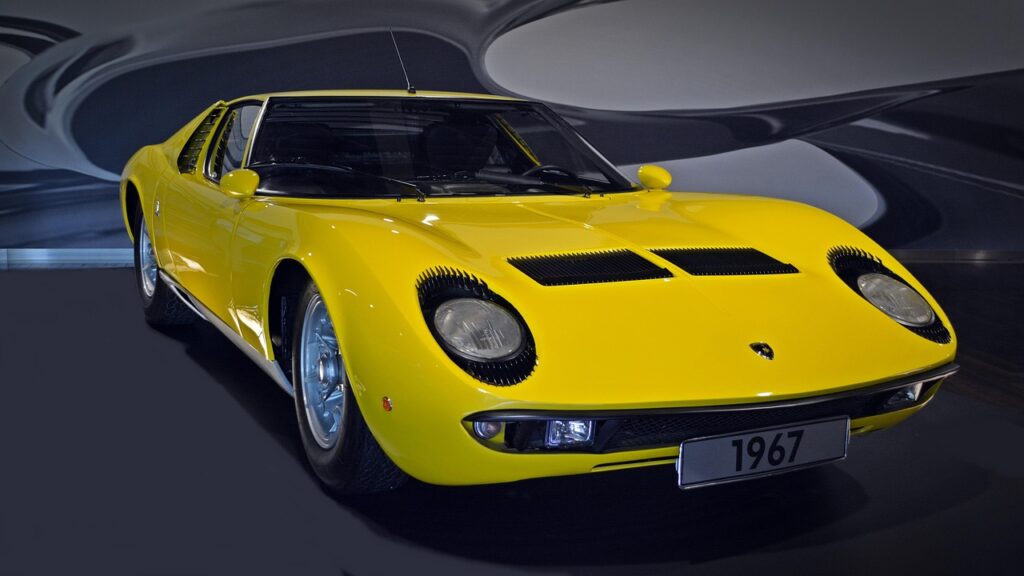
The Miura is arguably one of the most drop-dead gorgeous cars ever conceived. Gandini’s lines are just… timeless. The way the clamshell front and rear sections open, those “eyelashes” around the headlights, the low, wide stance. It’s automotive sculpture, man. My BMW F31 looks good (if you’re a fan of wagons that is), don’t get me wrong, but it ain’t got those kind of curves.
The Miura just commands attention, even parked.
But here’s the kicker: all that beauty came with a dark side, a proper beast lurking underneath. This car was fast, like 170 mph (274 km/h) fast, which was bonkers for the era. The P400 was basically the fastest production car on the planet. But it had a fundamental flaw: aerodynamics. At high speeds, especially over 150 mph (240 km/h), the front end would get light. REALLY light. We’re talking significant front-end lift. It wasn’t designed with sophisticated aero in mind, just pure aesthetics.
Drivers reported the steering getting vague, almost like the front wheels weren’t quite touching the ground. Imagine pushing a car that hard, feeling it lighten up, and knowing you’re in something worth millions now, but back then, it was just… terrifying. It’s like a supermodel who’s also a champion boxer, but forgot her footwork.
Dancing with Fire
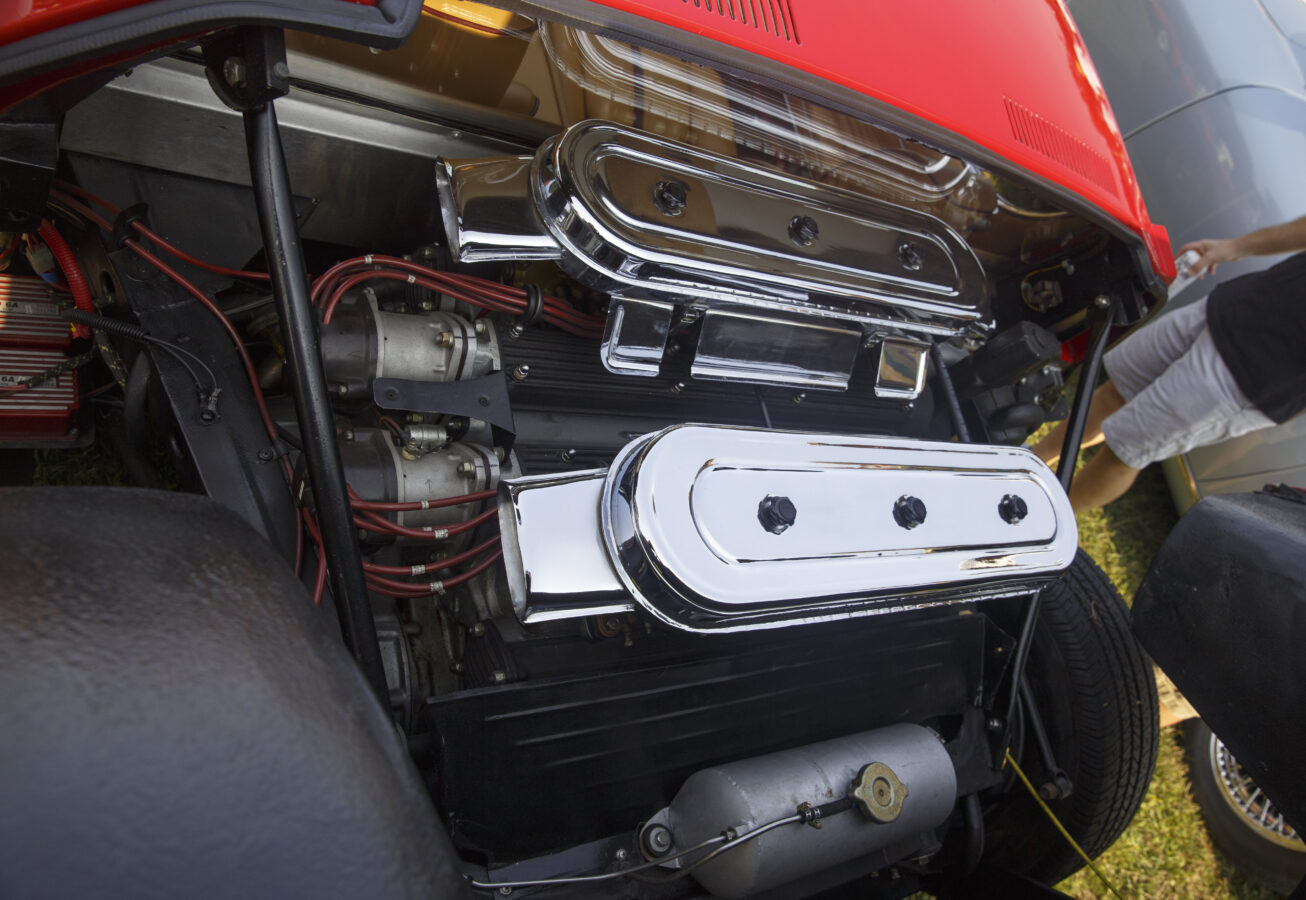
Okay, so the Miura could get floaty at speed. That’s scary enough. But the real horror show, the one that gave owners legit nightmares, was the fire risk. Seriously. The Miura’s gorgeous V12 was crammed into that mid-engine bay, right? And those classic Weber carburetors sat right on top of it. Now, you’ve got hot exhaust manifolds running directly below those carbs. And then you have the fuel lines. Tbh, it’s like an engineer designed it and then said, “You know what would be GREAT? Let’s run the fuel lines RIGHT OVER THE HOTTEST PARTS OF THE ENGINE!”
This setup was a recipe for disaster. Vibrations, heat cycling, age – all these factors could lead to a fuel line cracking or a fitting loosening. And if gasoline dripped onto those scorching exhaust manifolds, well, you know what happens next. FIRE.
Lamborghini Miuras are, unfortunately, pretty infamous for spontaneously combusting. There are stories, documented cases, of these magnificent machines just… going up in flames. It was a known issue, a REAL pain point.
Later models, like the P400SV (S for Spinto, V for Veloce), which came out in 1971, did try to mitigate some of these issues with separate lubrication systems for the engine and gearbox and wider rear fenders, but the fundamental fuel line placement remained a concern. It’s one of those things where you’re like, “How did that ever get past QA?” But hey, it was the ’60s. Different world.
The Price of Perfection (and Peril)
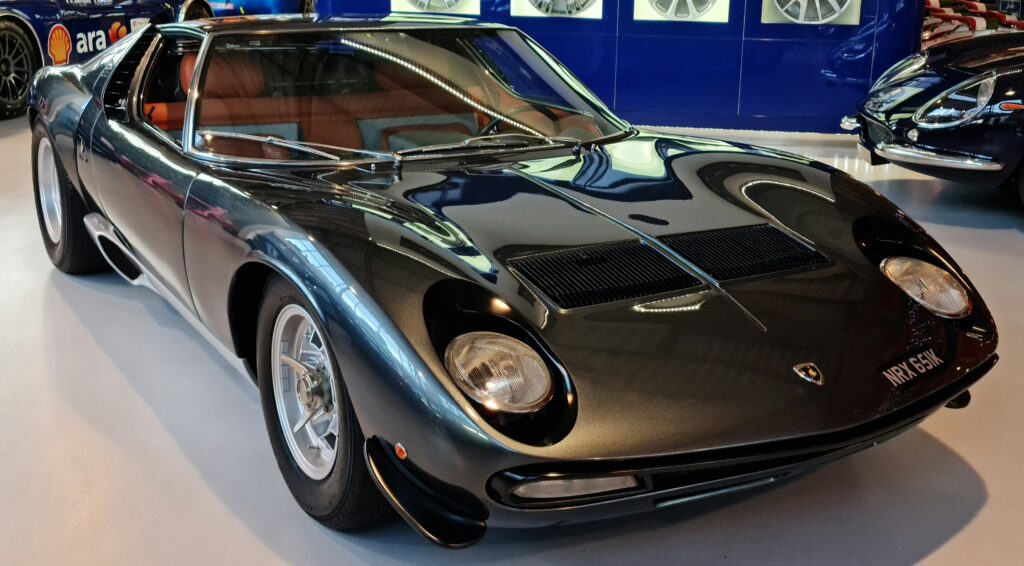
Despite its dangerous quirks, the Miura’s legendary status has only grown. Today, these cars are some of the most sought-after classics on the planet. An immaculate Miura P400SV, for example, can easily fetch multi-million dollar sums at auction. I’m talking like, $2.5 million to $4 million+, depending on pedigree and condition.
It’s CRAZY money.
The inherent risks are now just part of its story, part of the mystique. Owners know what they’re getting into. They respect the danger, often opting for modern fuel lines and meticulous maintenance to keep their beauties safe.
It’s a testament to its beauty that people are willing to take on those risks, to own a piece of automotive history that was both breathtakingly beautiful and, well, kinda trying to kill you. It’s a car that truly lived on the edge, and still does.
FAQ
What year was the Lamborghini Miura first produced?
The Lamborghini Miura P400 prototype was first shown in 1966, with production models beginning that year and continuing until 1973.
How many Lamborghini Miuras were made?
Across all variants (P400, P400S, P400SV), approximately 764 units of the Lamborghini Miura were produced during its run.
What was the top speed of the Lamborghini Miura?
The original Lamborghini Miura P400 had a claimed top speed of 174 mph (280 km/h), making it one of the fastest production cars of its time.
Did the Lamborghini Miura actually catch fire often?
Yes, due to its engine design with carburetors positioned directly over hot exhaust manifolds and fuel lines routed precariously, the Miura had a notorious reputation for fire incidents.
Who designed the Lamborghini Miura?
The stunning exterior design of the Lamborghini Miura was penned by Marcello Gandini at Bertone, with engineering by Gian Paolo Dallara and Paolo Stanzani.

